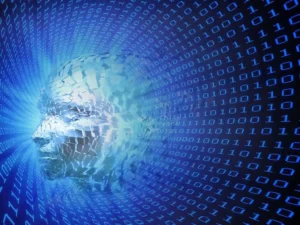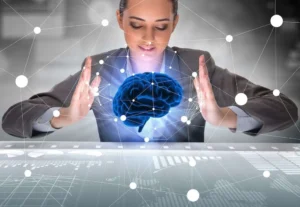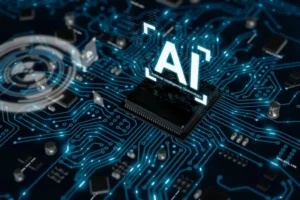Exploring Multi-Agent Systems: Types and Benefits
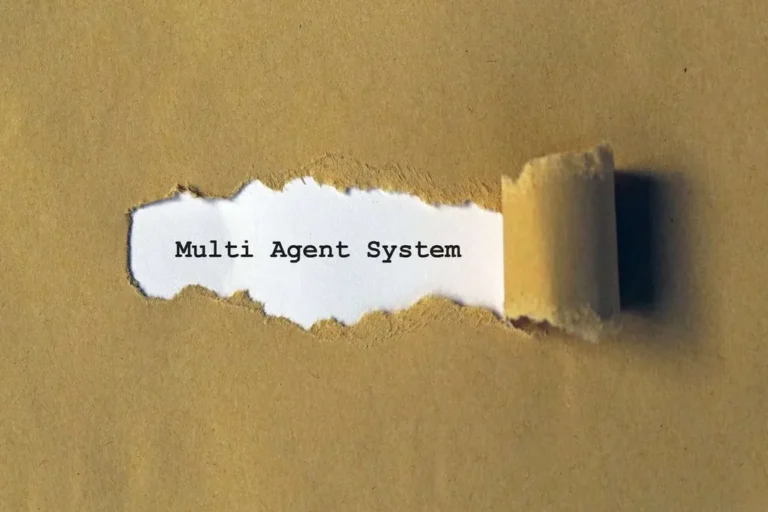
Reports estimate the broader AI agent market could reach $216.8 billion by 2035, with a 35% CAGR. AI multi-agent systems (or MAS, for short) are a vital part of such growth. They are made up of multiple intelligent agents that work together, each doing their own thing while also staying aware of the bigger picture.
The agents scan what’s happening around them, make decisions, learn from what they experience, and take action. What makes these systems stand out is their ability to adapt quickly, scale smoothly as demands grow, and stay reliable even when things don’t go as planned. Here’s a real-world example: in some cities, traffic systems powered by MAS technology have already made a big difference. They’ve helped ease congestion by up to 25%. This cut down delays and harmful emissions.
In the guide, we’ll walk through what AI multi-agent systems really are, why they matter, and how they’re already making an impact.
What are Multi-Agent Systems?
At their foundation, multi AI agent systems represent collaborative networks of intelligent digital entities operating in coordination. A single component serves as a distinct module within an intricate technological framework. The agents autonomously monitor their operational context, process incoming data, formulate strategic decisions, and implement calculated responses.
At the center of the approach are autonomous agents. They are software systems powered by large language models (LLMs). They aren’t just passive chatbots waiting for instructions. Likewise, they plan out tasks, use tools on their own, and adapt as they learn. As an example, an agent might decide it needs to look something up, access the right tool, process the results, and then give you a well-informed answer, all on its own.
What makes the agents stand out is their flexibility. Traditional LLMs are great at answering questions, but AI agents go further. They string together multiple steps, select the best tools for the job, and even update what they “remember” based on new information. The ability to learn, coordinate, and evolve opens the door to more advanced, general-purpose applications.
What makes the landscape particularly dynamic is the diversity of the agents themselves. These include software-based bots, autonomous drones, physical robots, sensors, or — in some cases — humans integrated into the loop. At the core of agentic AI lies the ability to collaborate effectively. They leverage their individual capabilities to contribute to shared objectives. The coordination, rather than the form each agent takes, defines the strength and utility of multi-agent architectures.
Such a kind of teamwork is compelling when paired with retrieval-augmented generation (RAG). In a RAG-based setup, agents don’t just rely on what they already know. They actively pull in fresh, relevant information from outside sources, like databases, search engines, or APIs, before answering a question or solving a problem. It makes their output more accurate, current, and useful.

We are confident that we have what it takes to help you get your platform from the idea throughout design and development phases, all the way to successful deployment in a production environment!
Types of Multi-Agent Systems
Multi-agent systems harness the power of entities working together or independently to accomplish complex tasks. The digital ecosystems come in various configurations, all with distinct interaction patterns and operational frameworks. Some architectures emphasize collaborative problem-solving. Here, information flows freely between agents toward shared objectives. Others introduce competitive dynamics. It challenges agents to navigate strategic interactions while making optimal decisions. Let’s take a look at the most popular types:
1. Reactive
It is the simplest kind of agent you’ll come across. The agents don’t overthink. In fact, they don’t think at all; they just act. They’re built to respond instantly to what’s happening around them, using fixed rules. No memory, no long-term strategy.
A real-world use case: In fast-paced environments like video games, a guard character in a game who instantly turns to chase you when you’re spotted is a reactive agent doing its job.
2. Cooperative
The agents know the value of teamwork. In a cooperative MAS, agents share knowledge, align their tasks, and support each other to reach a shared objective bigger than any one of them could achieve alone.
A real-world use case: Search-and-rescue drones coordinate to cover different areas during an emergency. Each drone knows what the others are doing, so they avoid overlap and work more efficiently.
3. Competitive
They operate in environments where each one is focused on its own objective without much concern for others. In fact, they’re often in direct conflict.
A real-world use case: In financial trading, they compete for better prices. They try to outmaneuver each other in milliseconds.
4. Hierarchical
Here, agents are arranged in layers of responsibility. Higher-level agents manage or coordinate the lower ones. It’s all about structured control and a clear flow of tasks.
A real-world use case: In enterprise automation, one system might handle overall task distribution, while lower-level robots carry out specific tasks like picking or packing.
5. Heterogeneous
These don’t all look or act the same. They’re designed with different skills, tools, or decision making styles. The diversity makes the system more flexible and powerful, especially for complex challenges.
A real-world use case: A system that handles online content moderation. One agent specializes in detecting hate speech, another in fact-checking, and another in image analysis. Each one contributes something different to the overall process.
6. Homogeneous
The setup is the opposite of heterogeneous. Here, agents are identical in function and design.
A real-world use case: In situations where uniform performance is needed at scale, like a swarm of delivery bots, each tasked with covering a similar area using the same logic.
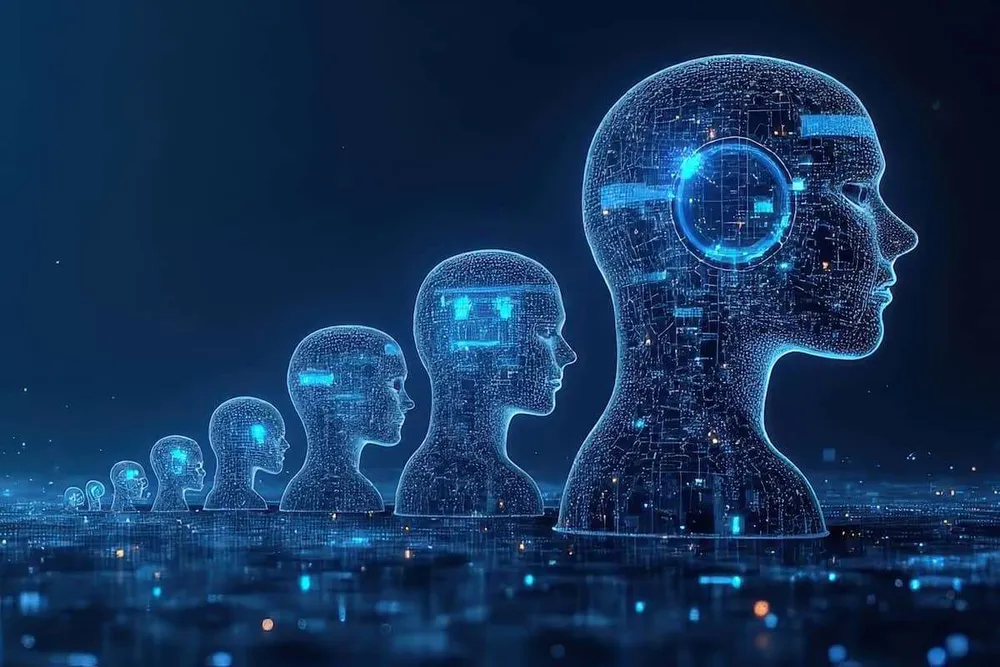
Why are Multi-Agent Systems Important?
Multi-agent systems bring real value to teams building smart solutions and organizations relying on them.
Some tasks are simply too large or too complex for one system to address. Here, MAS shows its best side. With multiple agents working together, it’s possible to solve problems that would otherwise remain out of reach.
Instead of having one general-purpose agent do everything, MAS allows you to assign specific skills to different agents. It sharpens performance. Whether it’s content moderation, routing logistics, or language tasks, specialized agents get more done more efficiently.
As demands grow, MAS grows with them. New agents might be added without disrupting the system. It means you handle increasing workloads without slowing down.
When one single agent runs into trouble, others keep things running. The built-in redundancy means less downtime and a more stable system overall, which is especially useful in critical operations.
MAS is naturally adaptable. New agents or features can be added without starting from scratch. The flexibility helps organizations keep up with new technology, shifting priorities, or evolving customer needs.
What are the Applications?
Multi-agent systems are already doing their best to solve real-world challenges. Here are a few areas where they’re making a noticeable difference:
Navigation
MAS monitors all the changes in real time. Many trains on the railway have to run according to their schedules so as not to interfere with each other. Multi-agent systems help determine the precise timing for train operations, ensuring smooth traffic flow and maintaining safety across the network. They also work with trucks carrying goods and ships in ports. They help plan routes so the goods are delivered to where they need to be quickly and without problems.
Public Health
MAS works not in the foreground but behind the scenes. Their job is to look at genetics to help predict who is likely to get the disease. They also help study cancer and show how diseases can spread among people. These assistants work with extensive and complex data, using special computer programs that learn by themselves to understand the information better. This allows doctors to make better decisions and plan treatments or health interventions.
Supply Chain Management
MAS enables seamless integration and responsiveness across manufacturing, warehousing, and distribution. Agents negotiate, make decisions, and manage coordination across different entities, even when their objectives are not fully aligned. Here, agent orchestration becomes critical. It ensures every component of the system collaborates harmoniously. The growing accessibility of development platforms further accelerates the deployment of scalable, intelligent multi-agent solutions in freight management and beyond.
Defense Systems
When it comes to cybersecurity, whether it’s defending against cyber threats or simulating real-world attack scenarios, MAS adds depth and speed to critical systems. Agents monitor networks for signs of DDoS attacks or coordinate responses to potential physical threats, like teams of boats navigating a fast-developing situation at sea.
The Future with AI Multi-Agent Systems
Not too long ago, MAS had a tough time gaining traction. They were challenging to design, communication between agents wasn’t always secure, and getting them to handle tasks concurrently often felt out of reach. But thanks to rapid advances in AI, the picture is changing.
Modern artificial intelligence has made systems more innovative, adaptable, and scalable. What once seemed overly complex is now becoming practical. In fact, the autonomous and multi-agent AI market is on a sharp upward trajectory: It is expected to go from $3.93 billion in 2022 to over $70 billion by 2030, growing at a compound annual rate of 42.8%. The momentum reflects a substantial shift toward architectures that can handle more: more data, more decisions, and more complexity without falling apart.
Generative AI (gen AI) also plays a role here. It brings creativity and context-awareness. Gen AI helps agents generate ideas, adapt communication, or make sense of environments in ways that weren’t possible before.
We’re already seeing this in action: smart cities coordinating traffic and public transport in real time, energy systems balancing supply and demand across distributed networks, and healthcare solutions tailoring treatment based on patient-specific data. The future of AI involves many agents collaborating across borders. As a collective, they acquire knowledge, adjust, and make more informed decisions.
As AI continues to evolve, it’s helping shift multi-agent systems from academic experiments to real instruments designed to make a difference. Distributed intelligence is beginning to mirror how natural systems operate. In the end, it paves the way for a more responsive, efficient, and resilient world.
Top Articles
Container vs VM (Virtual Machines): How Do They Differ?
I am here to help you!
Explore the possibility to hire a dedicated R&D team that helps your company to scale product development.



